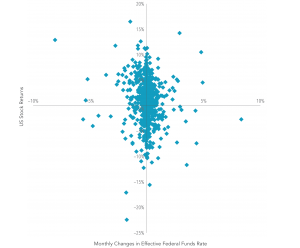401(k) Series #3: On your retirement day…How much money do you need?

It’s a money question that has no definitive answer: “How much should I save for retirement?” An exact figure is so elusive because everybody’s financial situation is different. In the past, most investors blindly considered 1 million dollars to be the number to target. Unfortunately, $1,000,000 could be considered a starting point for some.
It’s not a universal number. But a basic target can be calculated based upon your individual needs. Put more simply…multiply your current gross pay by 80%. This is a reliable factor for retirement spending. It’s not necessarily perfect. Spending tends to go down in retirement, but not for everyone. There are those that are planning large retirement purchases and spending. But a comfortable retirement can be expected at this spending rate. Exhibit 1 below offers a specific example for a current income of $65,000/year.
Exhibit 1
Current annual income = $65,000
Anticipated annual Spending = $52,000 (Current Income x 80%)
Other sources of Income = $20,000 (Pension, Social Security, Part-time work)
Needed from Investments = $32,000 (Anticipated spending less other sources)
Retirement Goal = $800,000 (Needed from Investments x 25)
If you’re overwhelmed by how much money you should have before retiring, start with your expenses. Focus on the expenses you can control. Naturally, the less money you spend on an annual basis, the less money you’ll need to retire.
It’s not a matter of luck. Your expenses determine if you can truly afford retirement. Sure, we don’t know exactly how much we’ll spend on an annual basis in the future, but most of us can reduce several major expenses like housing, transportation, and food if we truly tried.
The above exhibit is a very simplistic example of how to start the planning process. There are other items, like health care, that need consideration. Most people never start this process, because there are so many variables to consider. A financial adviser can help you create a strategy for savings, as well as a distribution strategy after your working years. There are several factors to be considered on your way to an enjoyable retirement. Please contact us for a complimentary investment projection and distribution strategy.


